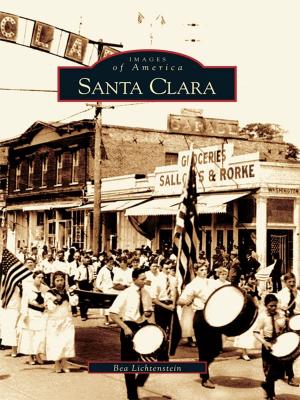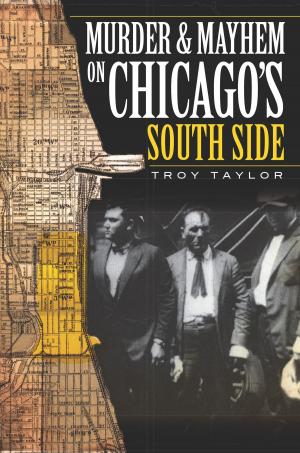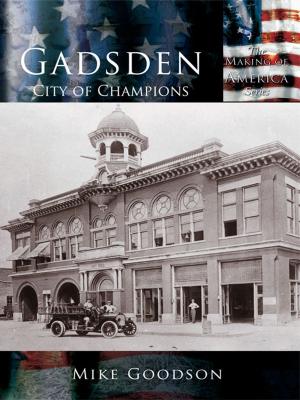West Point Foundry
Nonfiction, Science & Nature, Technology, Metallurgy, Art & Architecture, Architecture, Public, Commercial, or Industrial Buildings, Business & Finance, Industries & Professions, Industries| Author: | Trudie A. Grace, Mark Forlow | ISBN: | 9781439644539 |
| Publisher: | Arcadia Publishing Inc. | Publication: | January 13, 2014 |
| Imprint: | Arcadia Publishing | Language: | English |
| Author: | Trudie A. Grace, Mark Forlow |
| ISBN: | 9781439644539 |
| Publisher: | Arcadia Publishing Inc. |
| Publication: | January 13, 2014 |
| Imprint: | Arcadia Publishing |
| Language: | English |
Established in 1817 as a cannon foundry, the West Point Foundry at Cold Spring in the Hudson Highlands was one of the first major industrial sites in the United States. The foundry and its many iron products, most significantly artillery and other ordnance, played a central role in the nation�s industrial development. At its peak during the Civil War, the foundry manufactured cannons of several types, including Dahlgrens, Rodmans, and�most prolifically�Parrott rifles, which were widely employed and crucial to the Union victory. Among other products were the first American steam locomotives, marine engines and boilers for early steamships and warships, sugar mills, aqueduct pipes, dynamite and disappearing guns, architectural columns, and industrial machinery. Rare photographs and other images, mostly from the 19th century, trace the foundry�s story from its early years through the period of Civil War production to its eventual status as a site of archaeological excavation.
Established in 1817 as a cannon foundry, the West Point Foundry at Cold Spring in the Hudson Highlands was one of the first major industrial sites in the United States. The foundry and its many iron products, most significantly artillery and other ordnance, played a central role in the nation�s industrial development. At its peak during the Civil War, the foundry manufactured cannons of several types, including Dahlgrens, Rodmans, and�most prolifically�Parrott rifles, which were widely employed and crucial to the Union victory. Among other products were the first American steam locomotives, marine engines and boilers for early steamships and warships, sugar mills, aqueduct pipes, dynamite and disappearing guns, architectural columns, and industrial machinery. Rare photographs and other images, mostly from the 19th century, trace the foundry�s story from its early years through the period of Civil War production to its eventual status as a site of archaeological excavation.















